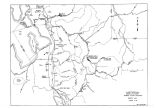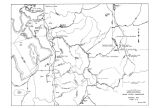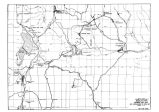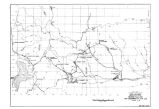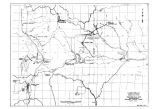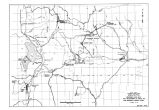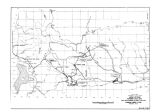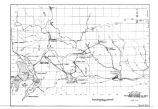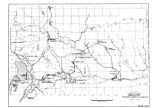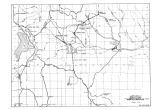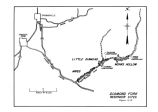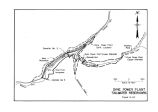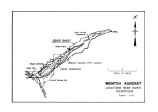| OCR Text |
Show One result of the re- evaluation has been the change in design of Upper Stillwater Dam from an earthfill structure to a rockfill dam with an asphaltic concrete membrane. Construction of an asphaltic membrane dam would not only significantly reduce the amount of landscape that would have to be disturbed to obtain borrow materials, but also appears to be less costly to build and maintain. Other environmentally desirable changes that have been made in the original plan involve Hades Tunnel, Wolf Creek Pipeline, and Rhodes Tunnel. Hades Tunnel and Rhodes Tunnel were realined to place the portals in lower and less steep elevations. This change would permit a substantial reduction in the required length of Wolf Creek Pipeline, reduce the amount of access road required, allow a less conspicuous location of the tunnel portals, and facilitate the disposal of tunnel waste. These modifications would reduce the adverse environmental and esthetic impacts of Unit development. i Other alternative suggestions are also being considered. These include relocation of the proposed Dyne Powerplant from the very narrow restricted Diamond Fork Canyon to the adjacent Sixth Water Canyon, where more area is available and less severe environmental impacts would occur. Another study is one whereby the size of the Wasatch Aqueduct between Dyne Powerplant and Hayes Reservoir would be increased from the proposed 200 c. f. s. to U00 c. f. s. This modification would keep planned, twice- daily peaks from approximating 1+ 00 c. f. s. and exceeding the natural channel capacity of Diamond Fork. Thus, more stable flows would be provided, less channel and fishery habitat would be damaged, and the safety hazard would be greatly reduced. The Bureau of Reclamation appreciates the constructive criticism of the Federal and State agencies and other groups concerning potential improvements to the existing Unit plan and intends to continue to cooperate with them. ) Restoration of Construction Disturbances The proposed plan provides that considerable attention would be given to carrying out construction activities so as to cause a minimum of adverse esthetic impact. As far as would be practical using the most advanced methodology available, areas disturbed by construction activities would be rehabilitated and restored. It is recognized that esthetically satisfactory results would often be difficult or even impossible to obtain and that some permanent unattractive landscape scars would occur. 458 |











































































































